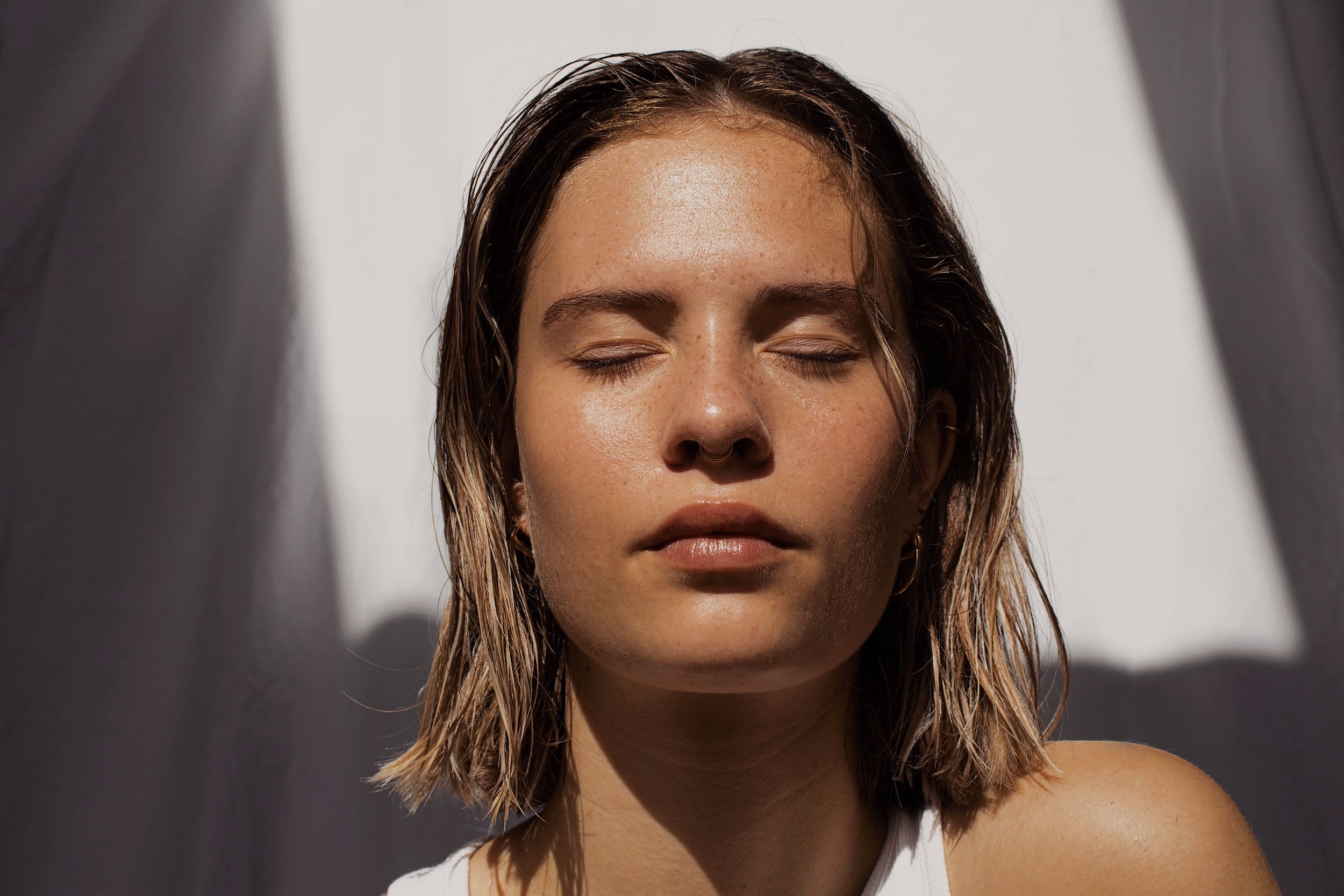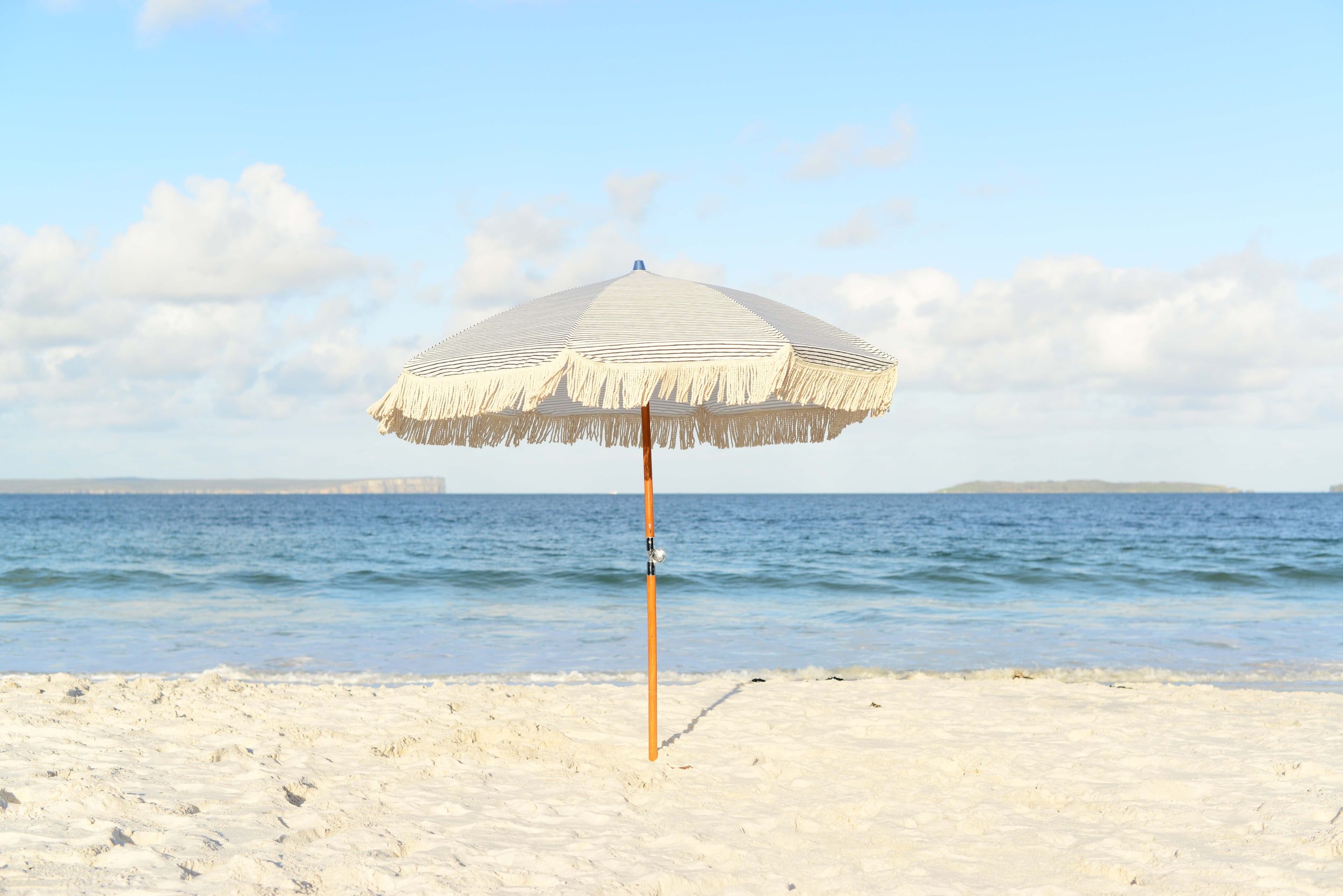The truth about sunscreen: harmful products and safer alternatives
Summer may be over but, even in rainy England, sun rays can still cause daily skin damage in both light and dark complexions. However, our strongest protector against ultraviolet (UV) radiation may not be on our side. Sunscreen—a ubiquitous public health measure that supposedly prevents malignant melanoma development—is perhaps not as safe for application as once thought, according to recent studies by the Environmental Working Group (EWG). The organisation’s work focuses on compiling scientific research into comprehensible information for the lay consumer—putting knowledge and purchasing power back in the hands of its readers. I have utilised the EWG’s research in order to rate some of the most popular brand-name sunscreens, and recommend alternatives if their ingredients aren’t up to par. All of the information for these rankings was sourced from the EWG’s sunscreen listings, and more detailed reporting can be found on their website.
Image credit: Unsplash
First, what exactly is the problem with contemporary sunscreens? Unfortunately, sunscreens containing the industry-standard chemicals oxybenzone and homosalate were declared unsafe at current levels by the European Commission. These ingredients were linked to hormonal disruption and can be detected in blood samples up to several weeks after disuse, according to the Food and Drug Administration. These particles break down in the sun, rendering the protective effects of sunscreen void, and they contribute to up to 15% of formula composition. Currently, the recommended level of these chemicals, based on European Commission data, should exceed no more than 2.2% oxybenzone and 1.4% homosalate. Not only are toxic ingredients contributing to the ineffectiveness of sunscreen options, but sun protection factor (SPF) levels are highly unreliable as well. High levels of SPF are often preferred by consumers, as they indicate a stronger level of protection against the sun’s harmful UV rays. However, the SPF level only indicates a product’s ability to protect against UV-B rays and not against other forms of UV rays that are largely responsible for premature aging and cancer. Naturally, when reaching for a product with high SPF, the consumer assumes they are protected from the sun for longer and may forgo more frequent application. Therefore, both the limited protective scope of SPF and a false sense of security are contributing to a lack of effective measures against UV rays and skin deterioration. The two issues highlighted here are only a few of the many problems associated with industry standard sunscreens, and consumer awareness will be key in changing the legislation that governs these products.
“The limited protective scope of SPF and a false sense of security are contributing to a lack of effective measures against UV rays and skin deterioration.”
Second, why is this information relevant to you? In the last five years, as the beauty industry has experienced massive growth, sunscreen has become even more popular as a mechanism to prevent premature aging for those with light and dark complexions alike. In fact, preventing UV rays from harming the skin is truly the only way to slow the natural aging process. As a result of increased marketing, celebrity influencers, and cultural beauty standards, daily sunscreen use is more popular than ever. While this shift in grooming habits is undoubtedly a good thing, for reasons discussed above, choosing the right brand and formula can be paramount to future health outcomes and cancer rates. In the following section, I will assess three of the most popular sunscreen products in the United Kingdom, according to the EWG’s standards, and recommend two alternatives. The EWG’s rating system contrasts the potential harm of ingredients with SPF protection in order to derive a product score between 1 and 10; 1 being the best possible product and 10 being the most harmful.
Number One: CeraVe Facial Moisturising Lotion, SPF 30
CeraVe has long been valued as a skincare giant, both for its simple ingredients and sensitive skin-friendly formulas. However, its most popular sunscreen product, a light lotion designed for daily morning use, scores fairly low according to EWG standards. Not only does it contain homosalate at 10%, but its SPF protection against UV-A rays is also extremely minimal. Overall, this product garners a cumulative score of 4—pretty ineffective, but not horribly toxic.
Image credit: Unsplash
Number Two: La Roche-Posay Anthelios 60 Cooling Water Sunscreen Lotion, SPF 60
Another industry giant, La Roche-Posay, benefits from the French reputation and is a top sunscreen seller. Unfortunately, the extremely high SPF value is likely to trick users into thinking they’re well protected against all UV rays, and the formula contains oxybenzone at 3.9%, a chemical linked repeatedly to endocrine disruption and allergic reactions. Sadly, this fan favourite lands with an abysmal score of 7—avoid at all costs.
Number Three: Murad Environmental Shield City Skin Age Defense Mineral Sunscreen Lotion, SPF 50
For our final industry contender we have Murad, a high-end skincare brand but, unfortunately in this case, the high price tag does not buy a better product. Although Murad does have some better scoring skincare products, this formula was chosen specifically for the marketing. Not only does the brand suggest their product slows aging and limits the effects of environmental factors, but they also indicate their formula has natural “mineral” ingredients. This could not be further from the truth—the natural mineral content is minimal and in fact the primary active ingredient, Retinyl Palmitate (RP), has been linked to reproductive disruption and some cancers. RP sits next to other toxic chemicals in the ingredient list, including oxybenzone and homosalate. Ultimately, the product scores a solid 7—stay away!
Image credit: Unsplash
Ready for some good news? There are better options! The EWG’s website lists hundreds of strong scoring brands and formulas, here are a couple. The two products selected here are designed for everyone, and purport that they will not leave a whitecast on darker complexions.
Number Four: 100% Pure Tomato Lycopene Moisturiser, SPF 20
This product utilises the natural effects of Lycopene to aid in the protection against all forms of UV rays, for half the price of Murad’s listing. Furthermore, the primary active ingredients zinc oxide and titanium dioxide are especially robust in the face of harsh UV rays and pose limited threats to hormone balance and bioaccumulation. Finally, there’s not a trace of oxybenzone or homosalate in the ingredient list, and the SPF level remains responsibly low. Overall, this product has secured a solid, near perfect, score of 2.
Number Five: AKT Therapy Elemental Sun Balm, SPF 30
Our last product is arguably the best, relying on the proven effectiveness of zinc oxide as one of only six ingredients. Furthermore, the honest SPF rating keeps consumers safe and protected against all forms of UV rays. Ultimately, this product has earned a number 1 score compared to all other formulas and is a great option for those searching for a clean and powerful sunscreen.



